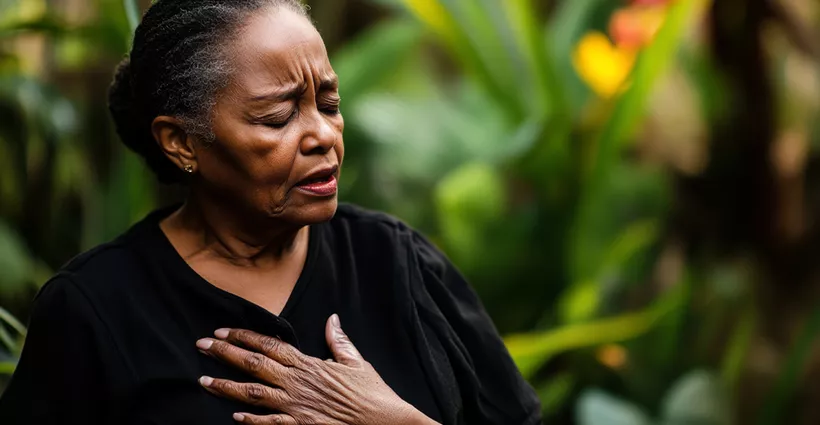

Bystanders are the key to survival of individuals experiencing sudden cardiac arrest. The prompt administration of cardiopulmonary resuscitation (CPR) and the use of an automated external defibrillator (AED) significantly increases the victim’s chance of survival. However, research reveals a troubling trend: women are less likely to receive bystander CPR.
Why are women less likely to receive bystander CPR?
Recent studies highlight gender discrepancies in bystander CPR rates. According to a study published in Circulation: Cardiovascular Quality and Outcomes, 45% of men received bystander CPR compared to only 39% of women. Overall, this study determined that men’s odds of survival were 23% higher than women’s.
However, these gender disparity findings primarily held true when the incident took place in a public place, not in a home environment where lay responders are more likely to be a family member. This is why bystander CPR training and awareness is so important.
Potential barriers to action
A follow-up disparities study was conducted to help answer why women are less likely to receive bystander CPR. Here were the major themes for why the general public might hesitate to help a female cardiac arrest victim:
- Sexualization of women’s bodies. The prospect of touching a woman’s chest can lead to fears of accusations of sexual assault or inappropriate touching. This fear or discomfort can deter bystanders from performing CPR, especially in public locations where social scrutiny is heightened.
- Fear of injuring a female victim. There is a stereotype that women are smaller and more fragile, making them more prone to physical injury. Therefore, some bystanders might be afraid of hurting or injuring a woman even when CPR is needed.
- Misperceptions about women in acute medical distress. Misconceptions about the nature of cardiac emergencies in women can also contribute to gender discrepancies. For example, there’s a tendency to underestimate the severity of women’s symptoms due to a lack of awareness about how cardiac symptoms can present differently in women compared to men.
Addressing these issues requires a multi-faceted approach to help improve cardiac arrest outcomes for women.
Ways to improve cardiac arrest outcomes for women
Bystanders might hesitate to perform CPR or use an AED on a woman due to fear or discomfort, particularly when it comes to needing to physically touch or expose women’s breast in the process. So, we tackle those barriers head-on.
Acknowledge that gender bias exists
When people KNOW better, they DO better. Recognizing and admitting that gender bias exists is the first step toward change. Understanding these biases impact life-saving intervention, including CPR and AED use, can help drive efforts to improve cardiac arrest survival rates for women.
Create dialogue in the classroom and as a broader message
We understand the public perceptions that exist, so we must counter them with real data, information, and training. Incorporating discussions about gender bias and its impact on emergency responses into CPR training can help change public perceptions.
This effort can also include engaging in community outreach programs that emphasize the importance of equal care for all individuals, regardless of gender.
Promote awareness and understanding of gender-specific symptoms
Educational campaigns that highlight the differences in how cardiac events may present in women compared to men can help improve recognition and response.
For example, heart attack symptoms in women can be subtler and may include nausea, shortness of breath, unusual fatigue (sometimes for days), and pain in the back, shoulders, and jaw — rather than the stereotypical chest pain.
By increasing awareness of these symptoms, bystanders can be better prepared to act swiftly and effectively, regardless of the victim’s gender.
Every second counts
The disparity in bystander CPR rates between men and women is a significant concern that reflects broader issues of gender bias and perception. By acknowledging these biases, updating training methods, and fostering open dialogue, we can work towards more equitable emergency response practices.
Every second counts in a cardiac emergency, and ensuring that all individuals receive the timely care they need is essential to saving lives. Female manikins shine a light on the importance of CPR for everyone, helping to promote safer communities for all.
– a message from the American Safety and Health Institute
